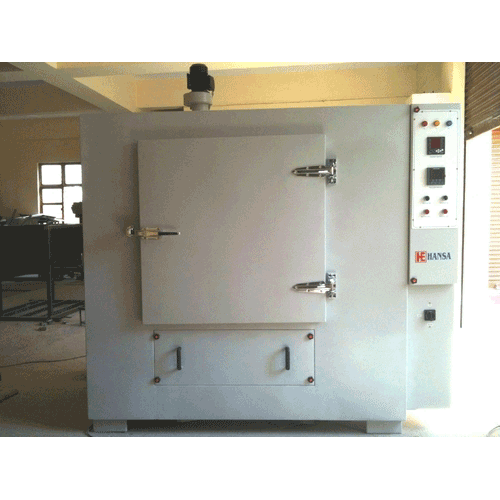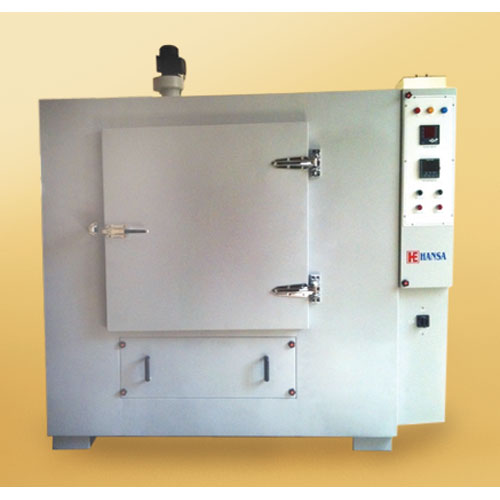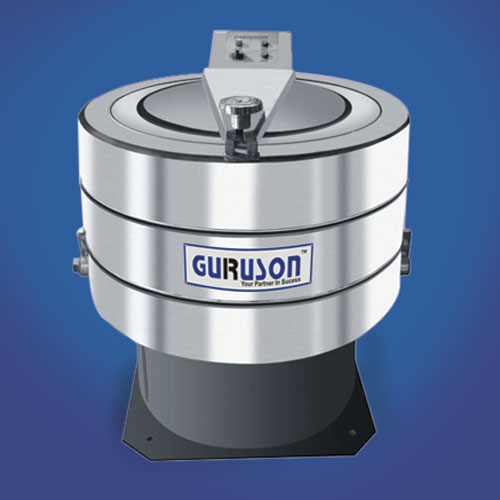Schedule a Call Back
Shielding your profit
 Technical Articles
Technical Articles- May 01,18

Related Stories

Toyota Kirloskar Motor and NISE partner to advance India’s green hydrogen goals
The partnership represents a critical convergence of industry, research, and national policy to accelerate India’s transition toward a clean, secure, and hydrogen-based energy ecosystem.
Read more
TIL Launches Three Indigenous Material Handling Innovations at EXCON 2025
TIL unveils three advanced, fully indigenous material handling products at EXCON 2025, reinforcing its focus on safety, engineering excellence, and India-ready innovation.
Read more
Marelli Unveils Intelligent Energy Management System for Hybrid and Electric Vehicles
This holistic approach to vehicle energy optimisation maximises efficiency across all vehicle systems, delivering enhanced battery range, optimised fast charging and improved longevity.
Read moreRelated Products

Heavy Industrial Ovens
Hansa Enterprises offers a wide range of heavy industrial ovens.

High Quality Industrial Ovens
Hansa Enterprises offers a wide range of high quality industrial ovens. Read more

Hydro Extractor
Guruson International offers a wide range of cone hydro extractor. Read more















